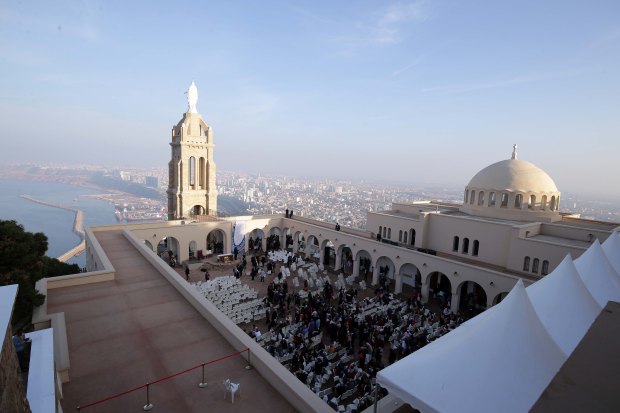The term “monastery” finds its roots in the Greek word monasterion, derived from monos, meaning solitary or alone. In a nutshell, a monastery is a secluded or solitary dwelling where members of a religious order share a contemplative lifestyle. Most of the time, this lifestyle implies solitude, prayer, labor, and communitarian life, adhering to a prescribed monastic rule.
Monasteries play diverse roles as retreats for spiritual reflection, hubs for intellectual growth, and centers for rigorous manual labor. They embody core values such as poverty, chastity, obedience, and stability. Within these sacred spaces, monastic communities participate in liturgical prayers, including the Divine Office, and extend hospitality to seekers in search of spiritual guidance or an escape from the frenetic pace of the external world. These sanctuaries serve as refuges for monks, nuns, and lay individuals, allowing them to lead lives dedicated to serving both God and fellow humans.
African Christianity, a vibrant tapestry woven through diverse cultures and histories, reflects the continent’s spiritual resilience and cultural richness – and an intense monastic life. Indeed, it can be said that Christian monasticism is an African invention. From the early centuries, Christianity found fertile ground in Africa, evolving through interactions with already existing traditions. From the ancient Christian communities in Egypt to the spread of Catholicism (and, later, different forms of Protestantism), Africa’s Christian landscape is marked by a kaleidoscope of denominations. Churches, both traditional and modern, have become centers of worship, preservation and generation of knowledge, community engagement, and social change. As African Christianity continues to flourish, it serves as a dynamic expression of faith, melding tradition and modernity on this vast and spiritually significant continent. Here are three notable monastic complexes in Africa.
St. Anthony’s Monastery (Coptic Orthodox)
Nestled in the heart of the Eastern Desert in Egypt, St. Anthony’s Monastery is a beacon (if not the beacon) of Coptic spirituality. Founded in the 4th century, it is one of the world’s oldest Christian monasteries. Dedicated to St. Anthony, the father of monasticism (and established by his early followers), this sacred site has endured centuries of challenges, including invasions and natural disasters. The monastery complex features five churches, hermitages carved into the cliffs, and a library housing priceless manuscripts – in fact, it is basically a whole self-sustainable village. Pilgrims and scholars alike flock to St. Anthony’s, as the monastery serves as a center where Coptic Christians can organize and attend spiritual retreats, youth programs, and religious conferences.
Monastery of Tibhirine (Catholic)

Situated in the rugged Atlas Mountains of Algeria, the Monastery of Tibhirine gained global attention through the acclaimed film Of Gods and Men. Founded by Trappist monks in the 1930s, the monastery became a symbol of interfaith harmony. Tragically, it also became known for the kidnapping of seven monks during the Algerian Civil War in 1996. Despite this dark chapter (or perhaps even because of it), the monastery stands as a testament to the monks’ commitment to prayer, simplicity, and peaceful coexistence – indeed, the Trappist monks of Tibhirine were beatified in 2018). Today, the restored monastery, handed over to the Chemin Neuf Community, continues to welcome visitors.
Debre Libanos Monastery (Ethiopian Orthodox)
Perched on the cliffs overlooking the Jemma River Gorge in Ethiopia, Debre Libanos Monastery is a jewel of Ethiopian Tewahedo Orthodoxy. Founded in the 13th century, the monastery is dedicated to Abune Tekle Haymanot, a revered Ethiopian saint – the one who founded the monastery. The complex includes ancient churches adorned with vibrant murals, as well as a museum housing priceless religious manuscripts. The church over Tekle Haymanot’s tomb, built in the 1960s, was commissioned by Emperor Haile Selassie himself – the last Christian emperor.



